In the annals of history, few stories are as compelling as that of Empress Elisabeth of Austria, known affectionately as Sisi.
Her story began with love at first sight with Emperor Franz Joseph, followed by the confines of imperial life and an unending quest for freedom. Sisi’s life was both mesmerizing and tumultuous, filled with passion, sorrow, and a lasting legacy that continues to inspire.
Let’s delve into the remarkable journey of an empress who dared to live life on her own terms.
Her youthful years as a Bavarian princess

Elisabeth Amalie Eugenie was born into the royal Bavarian House of Wittelsbach on December 24, 1837, in Munich, Bavaria. She was the third child of Duke Maximilian Joseph and Princess Ludovika of Bavaria.
Sisi’s parents were second cousins, and their marriage was arranged. Maximilian was seen as eccentric; he loved circuses and often traveled the Bavarian countryside to avoid his responsibilities. This deeply influenced their children’s upbringing.
Despite this, they created a loving and unstructured home environment for their children.
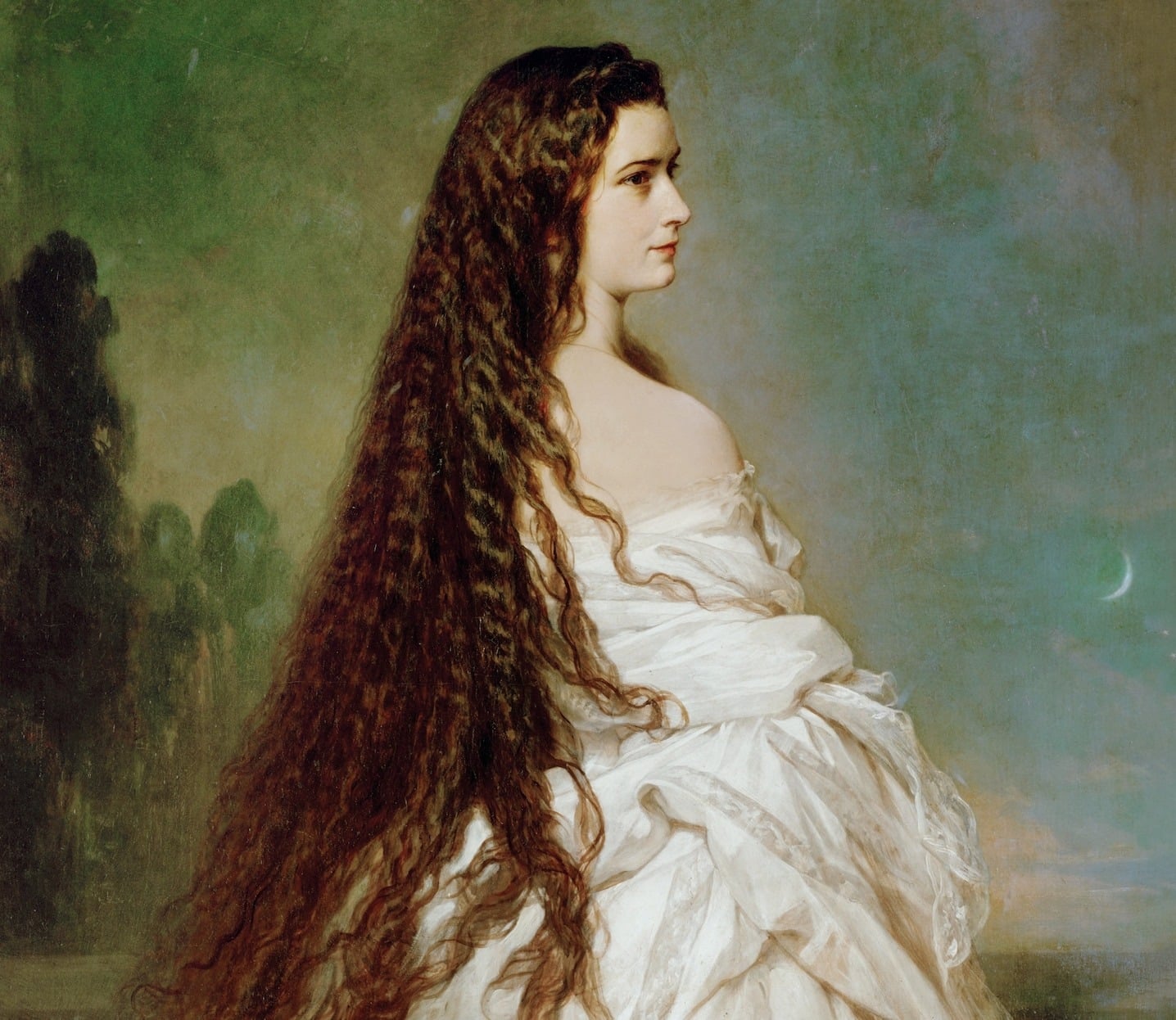
Sisi and her seven siblings enjoyed a carefree childhood. They spent summers at Possenhofen Castle, swimming in Lake Starnberg and during the rest of the year, they lived in the grand Herzog-Max-Palais.
They spent their days riding horses and exploring the countryside. Sisi often skipped lessons to indulge in her love of nature. The family’s relaxed lifestyle was unconventional for the time.

Instead of traditional activities like embroidery or learning languages, Sisi enjoyed hiking and horseback riding. Her love for nature and animals was encouraged by her parents.
Although their informal way of living was not always appreciated by the aristocracy, it shaped Sisi into a unique and independent young woman.
The fateful moment in history
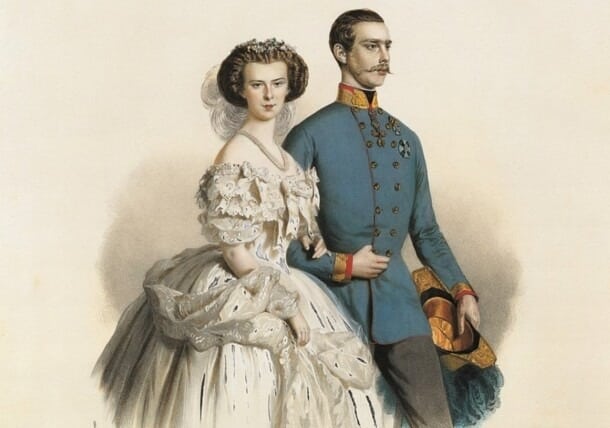
In 1853, Archduchess Sophie, mother of Emperor Franz Joseph I of Austria, decided her son should marry his cousin, Duchess Helene in Bavaria, Sisi’s older sister. She informed her sister, Princess Ludovika, and arranged a meeting between Helene and Franz Joseph in Bad Ischl.
Helene, a quiet and devout young woman, traveled to Bad Ischl with her mother and sister, Sisi. Sisi, mourning the death of a young count she loved, was brought along for a change of scenery.
The journey to Bad Ischl was not smooth. Ludovika, prone to migraines, had to take breaks, and the family’s luggage, including their gala dresses, was lost. They arrived dressed in mourning black, which highlighted Sisi’s blonde beauty but did little for Helene.
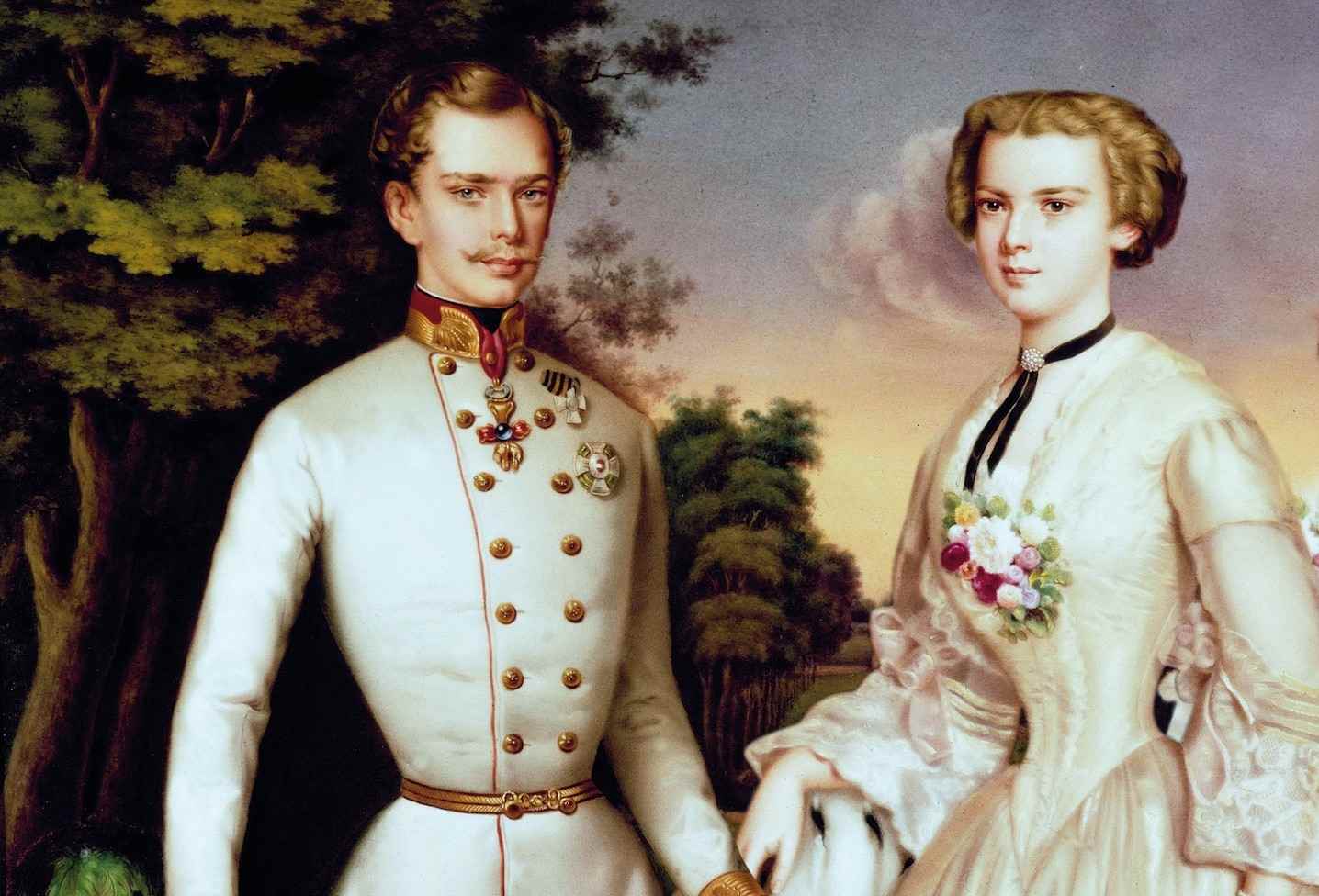
When they met, Franz Joseph was instantly attracted by Sisi and defied his domineering mother for the first time, choosing Sisi over Helene.
At the time of their engagement, Sisi was only 15 years old. The engagement was announced five days after they met, and eight months later, on April 24, 1854, they were married in Vienna. Sisi became Empress Elisabeth of Austria.
An ill-fated marriage
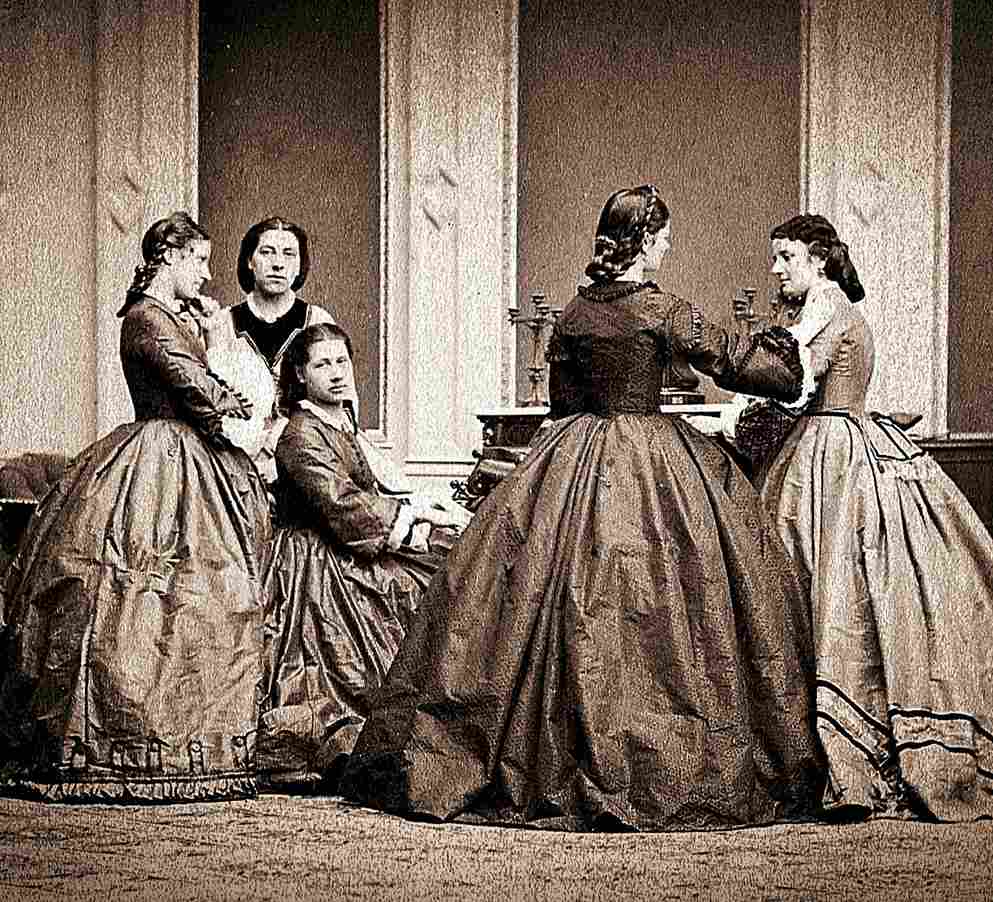
After a carefree and unstructured childhood, Elisabeth struggled to adapt to the rigid life at the Habsburg court. Shy and introverted, she found the strict protocols and formality of the Hofburg overwhelming.
The honeymoon at Laxenburg Palace was a disaster; Franz Joseph spent his days working while Sisi cried alone in the park. Her life soon became a series of strict duties and ceremonies.
Within weeks, she began experiencing health issues, including coughing fits and anxiety, especially when descending narrow or steep staircases.

Soon after her marriage, Sisi was surprised to find herself pregnant. She gave birth to her first daughter, Sophie, just ten months after the wedding. The birth of their first daughter, Sophie, brought no relief; Sophie died at just two years old.
Gisela was born shortly after, followed by their son Rudolf, the heir to the throne. By the age of 21, Sisi was a mother of three, but her children grew up lonely and without much involvement from their mother.
Her mother-in-law, Archduchess Sophie, often called Elisabeth “a silly young mother.” She named the baby after herself without consulting Sisi and took complete control, refusing to let Sisi breastfeed or care for her own child. When Sisi’s second daughter, Gisela, was born a year later, Sophie took her away as well.
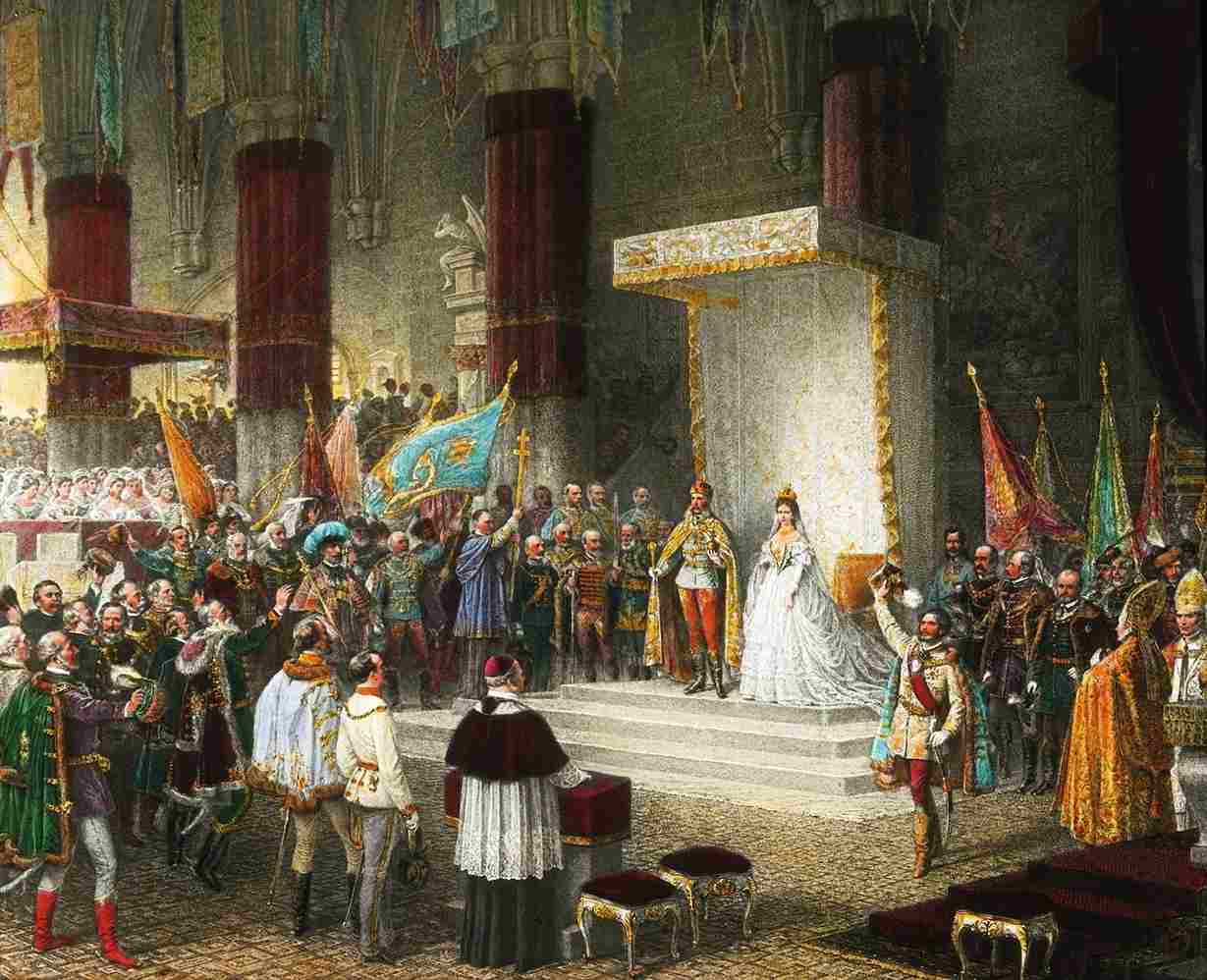
In 1867, Sisi’s efforts in Hungarian politics succeeded when Franz Joseph was crowned King of Hungary, and she became Queen. The Hungarians gifted them the Royal Palace of Gödöllő, where Sisi preferred to spend her time, much to the annoyance of Archduchess Sophie.
This happy period led to the birth of Archduchess Marie Valerie on April 22, 1868. Sisi, who called her the “Hungarian child,” was finally allowed to raise and travel with her youngest daughter, forging a close bond with her.

Her restless travels in later years

In 1886, the death of Sisi’s favorite cousin, King Ludwig II, mysteriously in Lake Starnberg broke her heart.
Subsequently, Sisi’s life took a devastating turn in 1889 when her only son, Rudolf, and his lover, Baroness Mary Vetsera, were found dead in an apparent murder-suicide at Mayerling, Rudolf’s hunting lodge. This scandal, known as the Mayerling incident, plunged Sisi into deep mourning.
Seeking solace, Sisi began traveling extensively, participating in hunting parties in England and gaining fame as one of the greatest horsewomen of her time.

Sisi traveled across Europe, commissioning the Achilleion Palace in Corfu, Greece, completed in 1891. She spent several months each year there, beginning a lifelong odyssey away from Vienna.
Restlessly moving from one spa town to another, Sisi pursued rigorous sports and a strict diet, never weighing more than 103 lbs (47 kg). With a love for the sea, she often sailed in storms and had an anchor tattooed on her shoulder.
Within a decade, Sisi endured a series of personal losses: her father, Maximilian Joseph, in 1888; her son, Rudolf, in 1889; her sister, Helene, in 1890; her mother, Ludovika, in 1892; and her sister, Sophie Charlotte, in 1897. The death of her close friend, Count Gyula Andrássy, in 1890 further isolated her.
After these tragedies, Sisi withdrew from public life, rarely seen and always avoiding attention. She often hid behind a fan or veil to avoid photographers.
The death of Empress Elisabeth
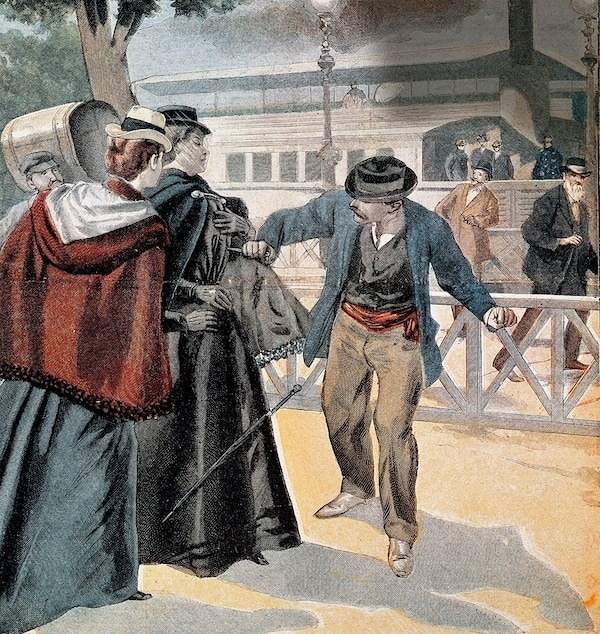
In 1898, Empress Sisi spent a few days at the Hotel Beau Rivage on Lake Geneva. One afternoon, while heading on a boat trip, she was attacked by Italian anarchist Luigi Lucheni, who stabbed her with a sharpened file. Initially, Sisi did not realize she was injured. She continued to the ship, apologizing to passers-by, but collapsed once on board.
Sisi’s last words were, “What actually happened?” She died minutes later at the age of 60, with only a single drop of blood staining her dress.

Lucheni was captured and ultimately admitted to the murder. Although Lucheni claimed he acted alone, the presence of many political refugees in Switzerland raised suspicions of a potential plot and concerns for the Emperor’s safety.
He was found guilty and sentenced to life in prison; he died there in 1910.
Sisi’s assassination shocked Austria and the rest of Europe, and thousands of mourners attended her funeral. She is known as a beloved and iconic woman in Austria, and many people still admire her today.
Her inspiration for cinema

Numerous screenplays have recounted the tragic tale of Empress Elisabeth.
In 1955, Hollywood star Romy Schneider played Sisi in the beloved German film Sissi, which focused on her radiant looks and offered a rose-tinted view of her relationship with Emperor Franz Joseph, portrayed by Karlheinz Böhm.
Sisi remains a figure of fascination 125 years after her death. Her beauty, tragedy, and power make her story compelling.
Recent releases have brought her back into the spotlight: Netflix’s The Empress and the 2022 film Corsage, starring Vicky Krieps, both chronicle her life, renewing public interest in this enigmatic royal.

